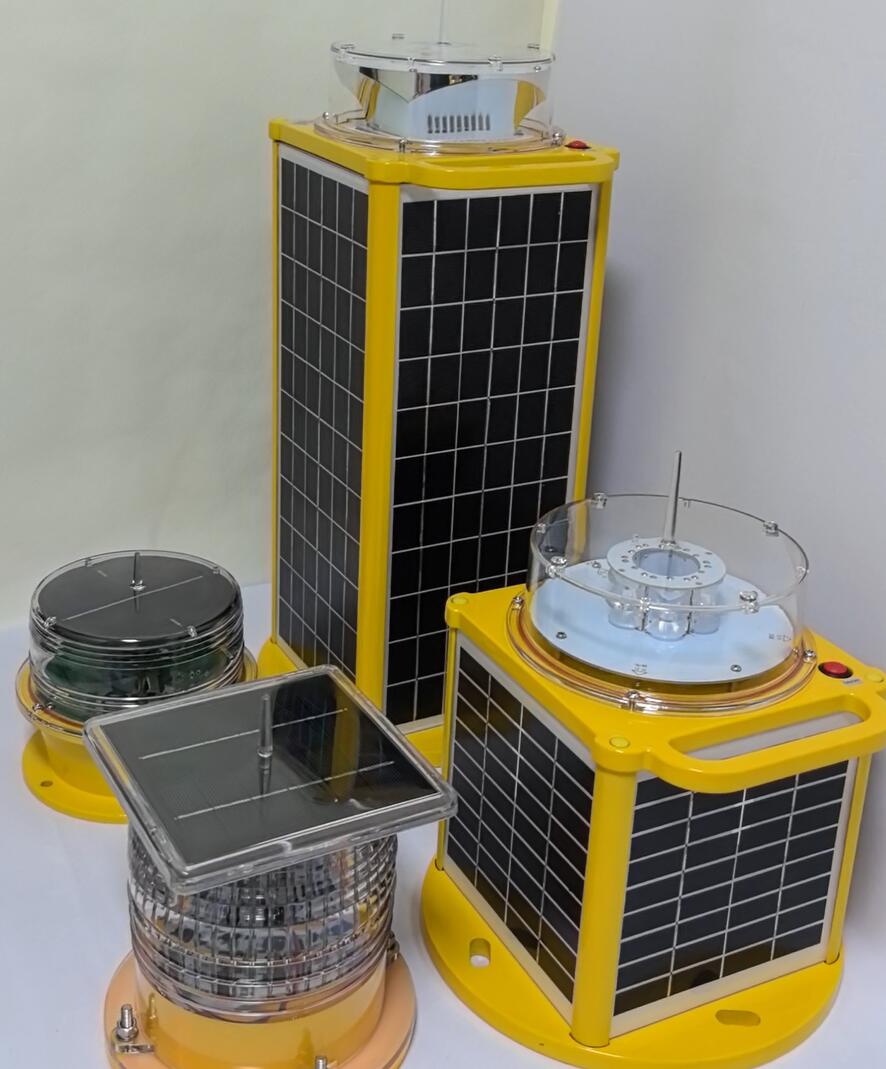Marine Solar Lantern: Illuminating the Future of Sustainable Maritime Lighting
The maritime industry is undergoing a significant transformation as sustainability becomes a global priority. Among the innovative solutions leading this change is the marine solar lantern, a self-sufficient lighting system designed for ports, docks, ships, and offshore installations. By harnessing solar energy, these lanterns provide reliable illumination while reducing carbon footprints and operational costs.
This article explores the benefits, applications, and technological advancements of marine solar lanterns, highlighting their role in modern marine infrastructure.
The Need for Sustainable Marine Lighting
Traditional marine lighting relies heavily on grid electricity or fuel-powered generators, which are costly, environmentally harmful, and logistically challenging in remote locations. The marine solar lantern offers a cleaner, more efficient alternative by utilizing renewable energy.

Key challenges addressed by marine solar lanterns include:
Energy Independence – Eliminates reliance on unstable power grids.
Environmental Impact – Reduces greenhouse gas emissions.
Cost Efficiency – Lowers long-term operational expenses.
Durability – Designed to withstand harsh marine conditions.
Key Features of Marine Solar Lanterns
1. Solar-Powered Operation
Equipped with high-efficiency photovoltaic panels, marine solar lanterns convert sunlight into electricity, storing it in built-in batteries for nighttime use. This ensures continuous illumination without external power sources.
2. Robust and Weather-Resistant Design
Marine environments demand rugged construction. These lanterns are typically made from corrosion-resistant materials like stainless steel and polycarbonate, ensuring longevity in saltwater, high winds, and extreme temperatures.
3. Advanced LED Technology
Modern marine solar lanterns use energy-efficient LEDs, offering bright, long-lasting light with minimal power consumption. Some models feature adjustable brightness and motion sensors for enhanced functionality.
4. Smart Control Systems
Many marine solar lanterns now incorporate IoT-enabled controls, allowing remote monitoring and management via smartphones or centralized systems. This improves maintenance efficiency and operational flexibility.
Applications of Marine Solar Lanterns
1. Ports and Harbors
Ports require consistent lighting for safety and navigation. Marine solar lanterns provide reliable illumination for docks, cargo areas, and pathways, enhancing visibility while reducing energy costs.
2. Offshore Platforms and Buoys
Remote offshore installations benefit from autonomous lighting solutions. Solar-powered lanterns ensure navigational aids remain functional without frequent maintenance.
3. Fishing and Recreational Boating
Small-scale fishermen and recreational boaters use marine solar lanterns for deck lighting, improving safety during nighttime operations.
4. Marine Conservation Zones
Eco-sensitive areas benefit from low-impact lighting. Solar lanterns minimize disruption to marine ecosystems while providing necessary illumination for research and monitoring.
| marine solar lantern |
Advantages Over Conventional Lighting
Zero Emissions – No fossil fuels are burned, making them eco-friendly.
Low Maintenance – Fewer moving parts and no wiring reduce upkeep needs.
Scalability – Can be deployed in large numbers without infrastructure constraints.
Safety – Eliminates risks associated with fuel leaks or electrical faults.
Future Trends in Marine Solar Lighting
The marine solar lantern industry is evolving with advancements such as:
Hybrid Systems – Combining solar with wind or wave energy for greater reliability.
Enhanced Battery Storage – Longer-lasting lithium-ion and graphene-based batteries.
AI Integration – Predictive maintenance and adaptive lighting based on weather conditions.
The marine solar lantern represents a vital step toward sustainable maritime operations. By offering energy-efficient, durable, and eco-friendly lighting solutions, it supports global efforts to reduce carbon emissions while improving safety and efficiency at sea.
As technology progresses, these lanterns will play an even greater role in shaping the future of marine infrastructure, proving that clean energy and maritime advancement can go hand in hand.
